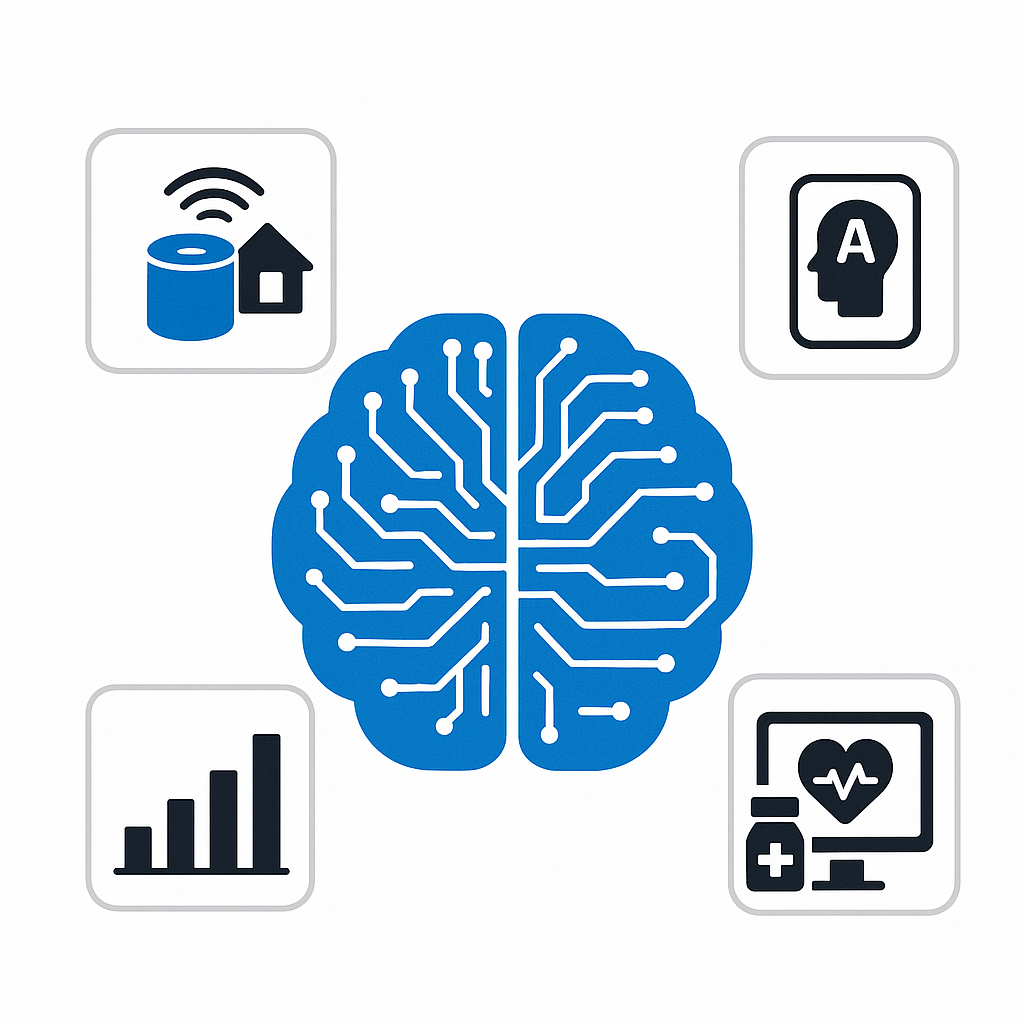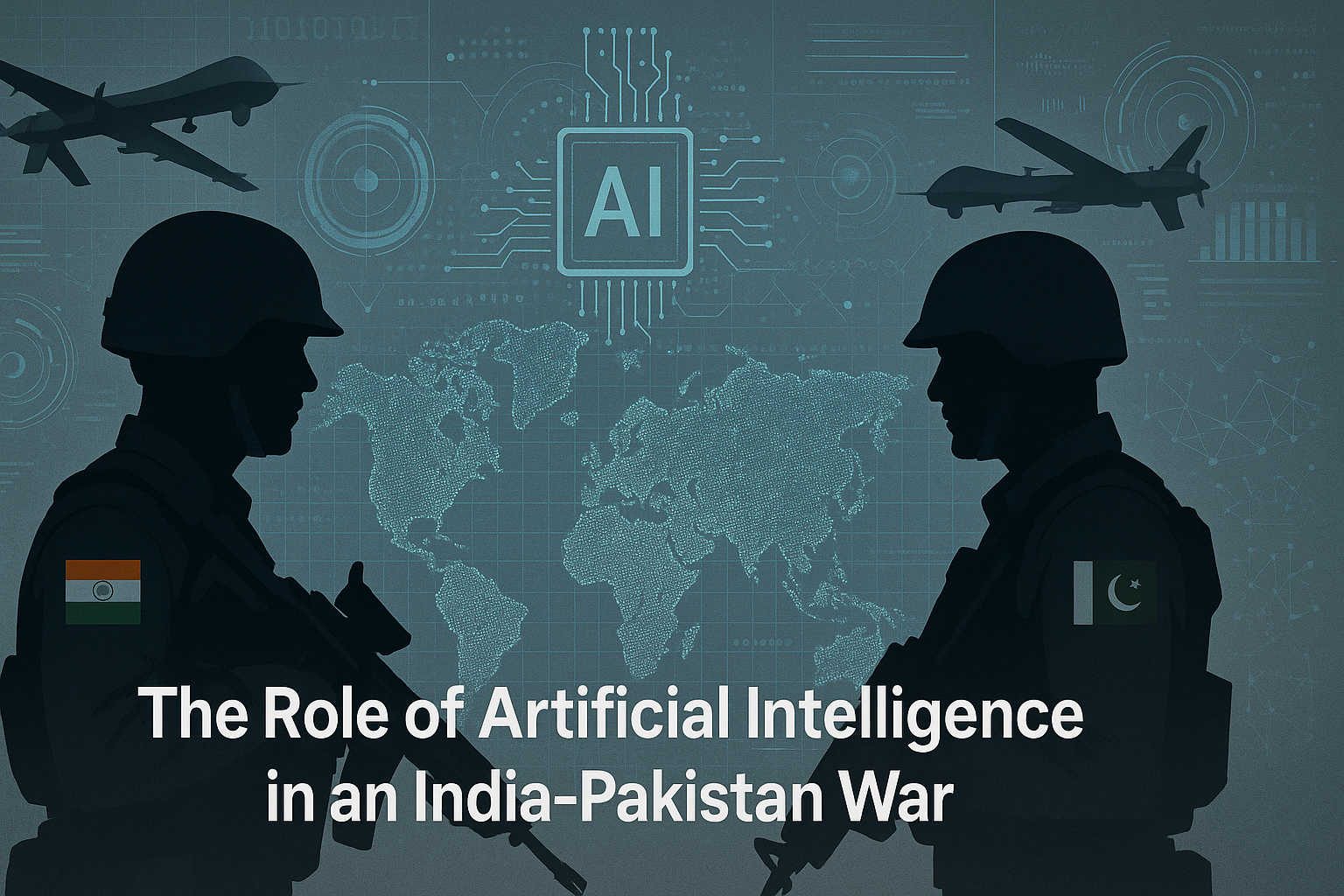Artificial Intelligence, let’s break down what it means, how it works, the different types, real-life examples, and what the future holds. Whether you’re new to the topic or just looking to understand AI better, this guide is your starting point.
Artificial Intelligence (AI) is changing the way we live, work, and interact with technology. But what is artificial intelligence, really? In simple terms, AI refers to machines or software that can think, learn, and make decisions—just like humans. Whether it’s voice assistants like Alexa, personalized Netflix suggestions, or self-driving cars, AI is already a part of our everyday lives.
What Does Artificial Intelligence Mean?
Artificial Intelligence (AI) is a branch of computer science where machines are programmed to think and act like humans. AI includes learning from experience, understanding language, solving problems, and even recognizing emotions.
Simple AI definition for beginners:Machines that can learn, reason, and make decisions like humans.
AI isn’t about robots taking over. It’s about machines helping us — faster, smarter, and more efficiently.
How Does Artificial Intelligence Work?
AI systems learn through data. They identify patterns using algorithms, and the more data they get, the better they become. This is called machine learning, a core part of AI.
Another important area in Artificial Intelligence is deep learning, where machines use neural networks (like our brains) to understand complex information. This is how tools like image recognition or voice assistants work.
Example: Show a system 100,000 cat photos, and it learns to spot cats in new images. This pattern learning is AI in action.
External Fact: Google’s AI system can now detect over 500 skin conditions using photo analysis. https://health.google/
Types of Artificial Intelligence
AI is usually divided into three major types:
- ANI (Artificial Narrow Intelligence): Focused on one task (e.g., Siri, Alexa)
- AGI (Artificial General Intelligence): Equal to human intelligence (still being researched)
- ASI (Artificial Superintelligence): Smarter than humans (a future possibility)
Another category often discussed is cognitive computing, which simulates human thought.
Real-Life Examples of AI in Use
Here are real-world ways you’re already using AI:
1.Voice Assistants: Siri, Alexa, Google
2. Assistant streaming Recommendations: Netflix, Youtube smart
3.Homes: Thermostats, lighting, security systems
4.Healthcare: AI scans for diseases, predicts illness risks
5.Finance: Detects fraud, automates investing
Advantages and Disadvantages of AI
Pros of AI:
- Faster data analysis and decisions
- Automates repetitive task
- Reduces human error
- 24/7 availability
Cons of AI:
- Job displacement in some sectors
- High development cost
- Privacy concerns
- Bias in data can lead to wrong decisions
Future of AI: What’s Coming Next?
AI is moving fast. In the next few years, expect:
1.Smarter personal assistants
2.More accurate medical diagnostics
3.AI-enhanced education and tutoring
4.Autonomous vehicles
5.AI ethics and policy debates
Fact: Over 80% of business executives believe AI will transform their industry by 2030.
Frequently Asked Questions (FAQs)
What is AI in simple words?
Can AI replace humans?
Is AI safe?
How can I learn AI?
Conclusion: AI is Not the Future — It’s the Present
AI is already changing how we live, work, and think. The key is to understand it, use it wisely, and stay informed. Whether you’re a student, parent, or professional, this knowledge will shape your future.
Key Takeaways
AI = Machines that mimic human intelligence
It works by learning patterns from dataUsed daily in homes, phones, cars, hospitals, and finance
Narrow AI (ANI) is common today; AGI is future techIt has both big benefits and challenges
The future of AI is human-centered and collaborative



2 thoughts on “What is AI? A Beginner’s Guide to Artificial Intelligence.”